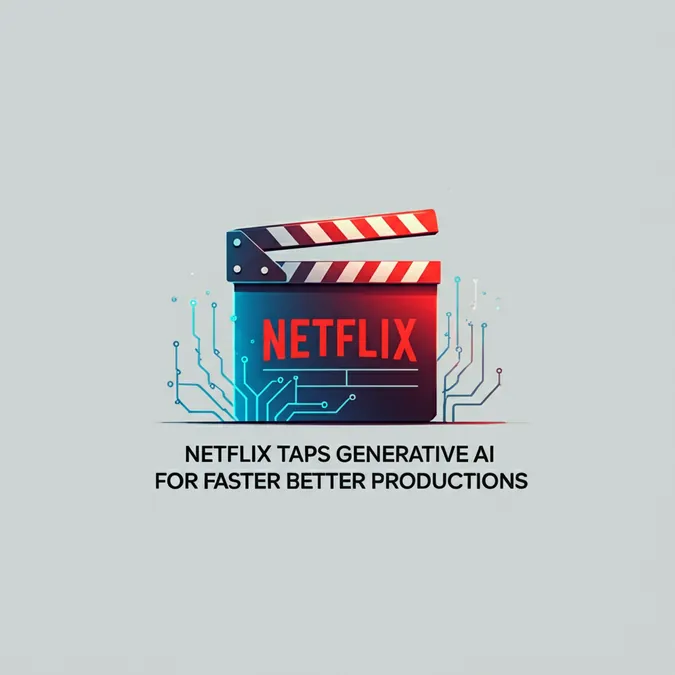Developer Offer
Try ImaginePro API with 50 Free Credits
Build and ship AI-powered visuals with Midjourney, Flux, and more — free credits refresh every month.
AI Helps Astronomers Prioritize Telescope Time
A recent graduate from Memorial University of Newfoundland, Youssef Zaazou, has developed a groundbreaking approach that could significantly enhance how we study distant galaxies, all thanks to the power of Artificial Intelligence.
Translating the Cosmos with AI
At the core of Zaazou's master's research is an innovative AI-based image-processing technique. This method generates predictions of what specific galaxies might look like when viewed in different wavelengths of light. "Think of it as translating galaxy images across different wavelengths of light," Zaazou explained. This was achieved through a meticulous process of adapting existing AI tools, curating the perfect dataset for training the models, and a great deal of trial and error.
Making Telescope Time Smarter
The practical implications of this technology are immense. By generating these predictive images, astronomers can get a preview of a region of the sky before dedicating valuable and limited telescope time to it. "Instead of … having to look at an entire region of sky, we can get predictions for certain regions and figure out, 'Oh this might be interesting to look at,'" said Zaazou. "So we can then prioritize how we use our telescope resources."
This is particularly crucial for high-demand instruments like the Hubble Space Telescope, where observation time is awarded through a highly competitive process. According to Terrence Tricco, one of Zaazou's supervisors, this research could help build a stronger case for allocating time on such prestigious telescopes.
A New Tool in the Astronomer's Toolbox
Both Zaazou and Tricco emphasize that this AI is designed to augment, not replace, existing astronomical methods. It serves as a powerful new tool to make exploration more efficient. Tricco, an assistant professor at MUN's Department of Computer Science, noted that these findings could help guide the development of future telescopes by predicting what they might see.
The research, co-authored by Zaazou, Tricco, and Alex Bihlo, was recently published in The Astrophysical Journal, considered the "gold standard" for astronomy publications. Tricco hopes this brings wider attention to the potential of AI in a field that is still sometimes hesitant about adopting these new technologies. "We want to have them be aware of this because... AI, machine learning, and physics, astronomy, it's still very new for physicists and for astronomers," he said.
The Future of Space Research
Though his time as a student is over, Zaazou hopes his work is just the start. "I'm hoping this is the beginning of further research to be done," he stated. While humbly describing his work as just a "pebble" in a vast field, he is proud of his contribution.
"I'm an astronomer. And it just feels great to be able to say that and to be able to have that little contribution because I just love the field and I'm fascinated by everything out there," said Zaazou. His research not only pushes the boundaries of astronomy but also highlights the growing tech ecosystem and space research capabilities at Memorial University.
Compare Plans & Pricing
Find the plan that matches your workload and unlock full access to ImaginePro.
| Plan | Price | Highlights |
|---|---|---|
| Standard | $8 / month |
|
| Premium | $20 / month |
|
Need custom terms? Talk to us to tailor credits, rate limits, or deployment options.
View All Pricing Details

